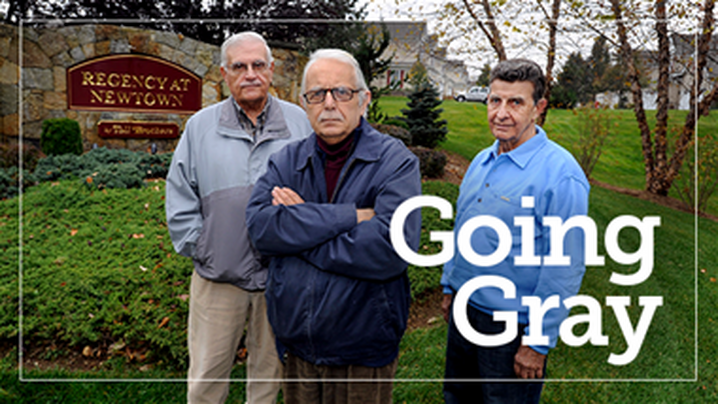
The Pew Charitable Trusts recently published a three-part series, Going Gray: How Aging Baby Boomers Will Challenge Suburbia, which explores the issues local governments face in retrofitting the suburbs for an increasingly “graying” population. Developed by veteran journalist and Pew staff writer Jeni Bergal, the series looks at how—with tens of millions of baby boomers growing older while living in the U.S. suburbs, local governments must consider a multitude of issues to properly serve this population’s unique needs.
Part 1 of the series, “Can Car Centric Suburbs Adjust to Aging Baby Boomers?,” looks at how the boomer population will put pressure on local governments to spend more on transportation in the suburbs, which are heavily car dependent. Driving becomes more of a challenge for people as they age and will necessitate alternative forms of transportation. “Boomers are going to demand convenience in transportation to be able to get out into the community,” Jana Lynott, an AARP senior policy advisor focused on transportation issues, is quoted as saying in this article.
Part 2, “As Suburbs Shift, Funding Fights Loom,” looks at how intergenerational funding fights and public challenges loom large in the aging suburbs. In this article, the Pew report cites the “Maturing of America” study conducted by ICMA in conjunction with the MetLife Foundation and several other organizations, which revealed funding shortages as among the top three aging challenges facing communities. In the battle for limited resources, this issue could pit older populations against younger ones.
Accessibility—to housing, transportation, stores, and entertainment—is yet another issue facing suburbs with aging populations. Part 3 of the Pew series, “Grocery Stores, Grab Bars, and ‘Golden Girls,’” examines how local governments struggle to create communities that meet the needs of residents of all ages. “It’s easier to fill the potholes and keep the water flowing than to think strategically about an older population in 10 to 20 years,” says ICMA Research and Policy Director Tad McGalliard, who is quoted in this segment. The article also highlights the ways in which a number of communities are changing strategically to meet the needs of their aging populations.
For more resources and information about this issue, visit the Knowledge Network aging topic page.
New, Reduced Membership Dues
A new, reduced dues rate is available for CAOs/ACAOs, along with additional discounts for those in smaller communities, has been implemented. Learn more and be sure to join or renew today!
